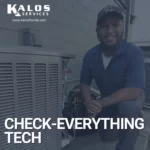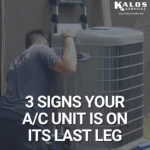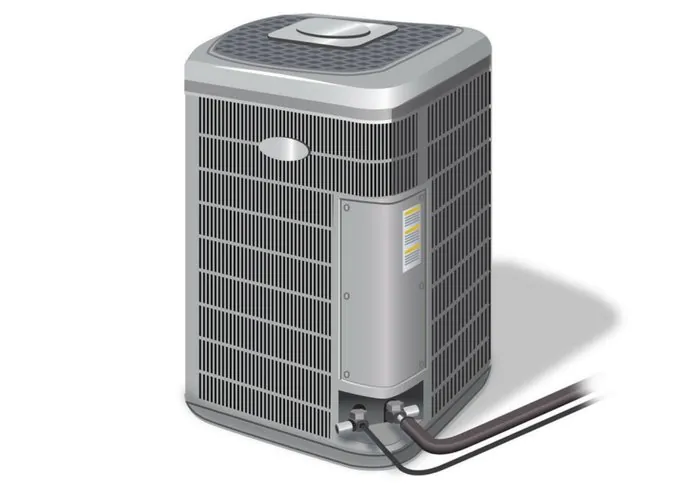
Is it time to replace your air conditioner? Are your power bills high? Is your home starting to feel hot and sticky? Have repair bills been adding up lately?
What do you do next? Call an air conditioning company and ask for a “free” estimate to replace it. How do you know who to trust? Aren't all companies and all salespeople the same?
In the air conditioning business, the answer is a great big NO!
This is a list of things that will empower YOU to get the best possible installation on your air conditioner, NOT necessarily the best price up front. I know everyone tries to sell their own brand of special snake oil, but in the air conditioning business, it's not just one thing that matters. It's all the little things that add up to great comfort, healthy air, low bills, and a system that lasts a long time.
Whoa, whoa, whoa. Is this article legit?
Before I go on, you may ask, “Why should I trust you and your little article?”
And the answer to that is that you definitely shouldn't… Yet.
I could try to convince you by telling you that I have dedicated my career to improving the air conditioning industry. I could tell you that I created the premier online resource for training air conditioning technicians all over the world at HVACRSchool.com or that I write training articles for the largest air conditioning trade magazine in the USA.
While those things may be true, as an owner of Kalos Services, I'm certainly not a neutral observer. So, don't take my word for this list.
Do your own research and see if it lines up. Ask tough questions, and I bet you will be surprised at what you find. Truth be told, even at Kalos, even after 12 years of hard work, we don't always get it perfect. I've made my fair share of mistakes over the years, and I'm not going to pretend otherwise. But we are COMMITTED to this list of items and doing them all to the best of our human ability every day.
So, here they are…
Ask about proper air conditioner system sizing
Your air conditioner isn't too small. It isn't good business to tell you that, but it happens to be the truth.
There is no “rule of thumb” for sizing an air conditioner based on the square footage or the number of rooms. An air conditioner (and heater) is sized based on the internal and external heat losses and gains of the home. These losses and gains are everything from walls, to windows, to doors and ceilings, to how many people live in the house, and how many showers you take. All of these things factor into how much heat enters and leaves the home for a given amount of time. We must calculate the amount of heat entering and leaving to size an air conditioner properly.
The heat is contained in the air and in the moisture in the air. We measure that heat using a unit of energy called a BTU (British Thermal Unit); 12,000 of these BTUs make up one ton of cooling per hour. The more BTUs of heat we let into the house, the more them we need to pull out again with an air conditioner. The trouble is that when we pull out BTUs, we need to use energy to do that. It's better when we can find ways to keep them out of the house in the first place through proper sealing, insulation, bath and kitchen ventilation, high-efficiency lighting, etc.
You may say, “But Bryan, my unit just runs and runs all summer and never gets to the temperature I set, so I need a bigger one!”
I understand the sentiment. The first thing there is to understand that a unit SHOULD run and run on the hottest summer days. That is actually how it is sized and is totally appropriate. An air conditioner is at its most efficient when it runs all day during the hottest days of the summer and only starts to cycle off at night. Going on and off is a big energy waste for an air conditioner and also negatively impacts humidity removal from the home.
There is something that can be done to get the house down to a more comfortable condition, and that is to REDUCE the amount of heat coming into the home from outside and reduce the amount of heat and moisture being generated or trapped inside. These are things like replacing door sweeps, sealing attic penetrations, replacing unsealed can lights with sealed LED trims, and increasing attic insulation. Of course, there are lots of other little things.
It also makes a big difference if the air conditioner is charged, maintained, and commissioned properly with proper airflow and properly installed and sealed ductwork. Many homes are losing 20%+ of the cooling capacity due to damaged, poorly installed, and leaky ducts.
Once all of these are factored in, VERY FEW homes need a larger A/C system, but it all must be considered by a professional who looks over your entire home, performs a manual J heat load calculation, and inspects your ducting as best as possible.
Let the company who quotes you look over your home. Do they look at the windows? Measure walls? Look at attic insulation? Check ducts? Inspect lighting? If not, they probably aren't REALLY confirming that your air conditioner is the correct size.
Ask about refrigerant recovery
Depending on your political or scientific views, you may or may not care much about this one. But the fact is that MANY technicians and air conditioning installers vent refrigerant (Freon) to the atmosphere when they replace systems or later on when they get them back to the shop.
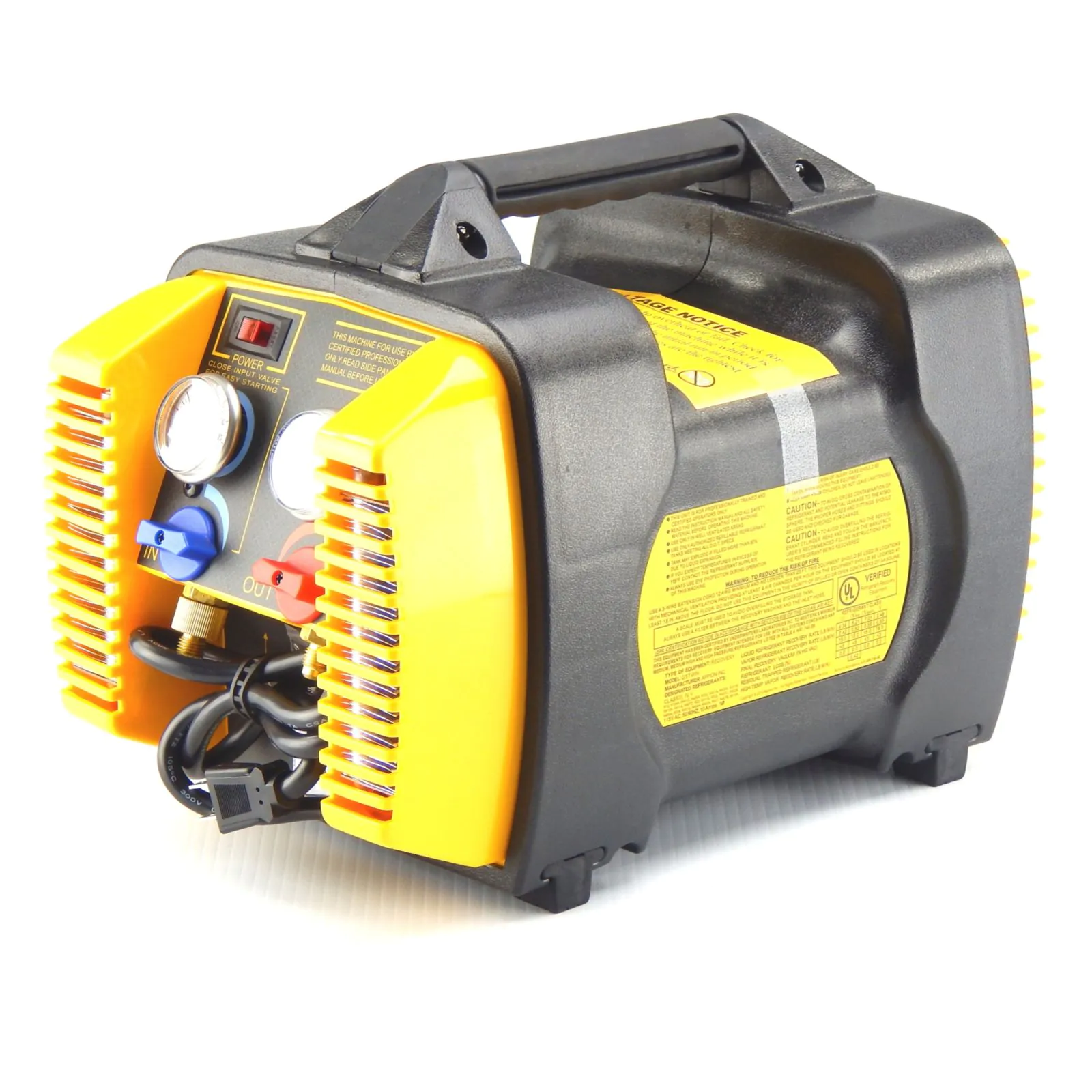
The EPA requires that all refrigerants be recovered and not vented into the atmosphere. Because of that rule, EVERY technician will tell you they recover refrigerant, whether they do or don't actually do it. In order to recover properly, techs need to have an expensive recovery machine and tank that look something like the one shown above. If they don't have them or use them, they are almost certainly venting it to the environment.
Ask about flowing nitrogen
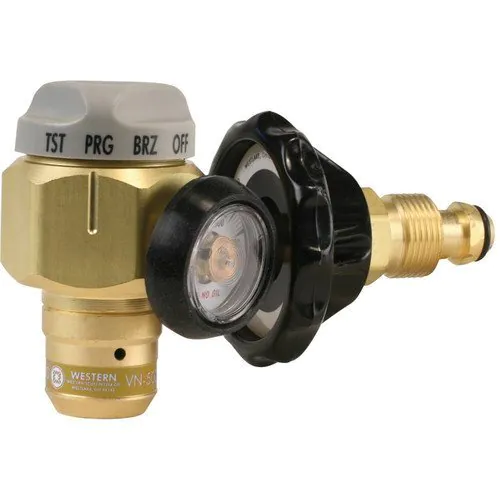
In air conditioning, the copper connecting lines are brazed (high-temperature soldering) together using torches. When copper is heated to the very high temperature required to make a proper joint, any oxygen inside the tubing or fittings creates a black oxide scale that can (and does) contaminate an air conditioning system. In order to prevent scaling, technicians need to use a special regulator to “flow” nitrogen at very low pressure and volume during brazing. In the past, many techs got away without doing this because older units used a type of oil that wouldn't scrub this black scale off of the lines. Modern R-410a units use a new oil that will scavenge this oxide off of the pipes, resulting in damage to valves and even the compressor over time.
If you want a good install, ask them how they flow nitrogen while brazing. (Hint: It should be just a whisper of flow, about 3-5 SCFM.)
Ask about air conditioner evacuation
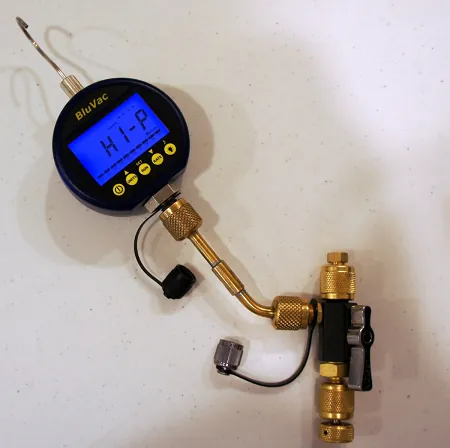
Evacuation is one of the most IMPORTANT yet most OVERLOOKED aspects of an air conditioner install. Once the copper is joined, the lines need to be evacuated with a deep vacuum. To do that, we use a special pump called a vacuum pump and a very sensitive vacuum gauge called a micron or vacuum gauge. This setup will take 10 minutes to an hour, depending on the quality of their hose and adapter setup, and it is ESSENTIAL for removing air and moisture from inside the lines before adding the refrigerant (Freon).
Evacuation should be done down to a level below 500 microns, and then held there in a standing “decay test” for 10-15 minutes to confirm there are no leaks and all moisture has been extracted. To really test a salesperson or tech, ask them how deep they pull a vacuum. (They should say 500 microns or less.) Then, ask them what they look for in a decay test.
A system that isn't evacuated properly won't last NEARLY as long, and you will never know why the compressor failed 5 years in. The contractor will just blame it on the manufacturer. Worst of all, they may even believe what they are saying (although the issue was improper evacuation all along).
Ask about ducts
Duct installation with minimal leakage, kinks, etc., is a MUST, and many older homes have issues that will impact comfort, efficiency, and longevity if these duct issues aren't addressed.
It is also important that ducts are sized properly to deliver the correct amount of air to each room for proper cooling and heating. A full-service contractor will inspect ducts visually and with thermal imaging cameras. They will take measurements such as airflow CFM using an airflow hood. They will also take duct pressure measurements using a tool called a manometer or Magnehelic gauge. If the person giving you a quote on a system doesn't have test instruments, how can they know if the old ducts will work well on the new system?
A great unit installed on bad ducts is like running a new car on bad gas. It won't work well.
On a side note, in Florida with the type of ducts we have in houses, I do not believe in the efficacy of duct cleaning. I explain my reasons for that HERE. Ducts need to be kept clean through proper filtration and installation BEFORE they get dirty in the first place.
Ask about commissioning
Once a unit is up and running, it needs to be fully tested by a trained professional to set the refrigerant charge, test airflow, ensure that the heat and cooling modes are working, test the drain, and check any dehumidification (humidity removal) features. It is incredible how often contractors miss this step gets missed and pass over proper commissioning. Ask your installer to demonstrate all the features and leave you with or email you a copy of the detailed reading they took for superheat, subcooling, delta T, and static pressure. The comfort and efficiency of the system depend on it.
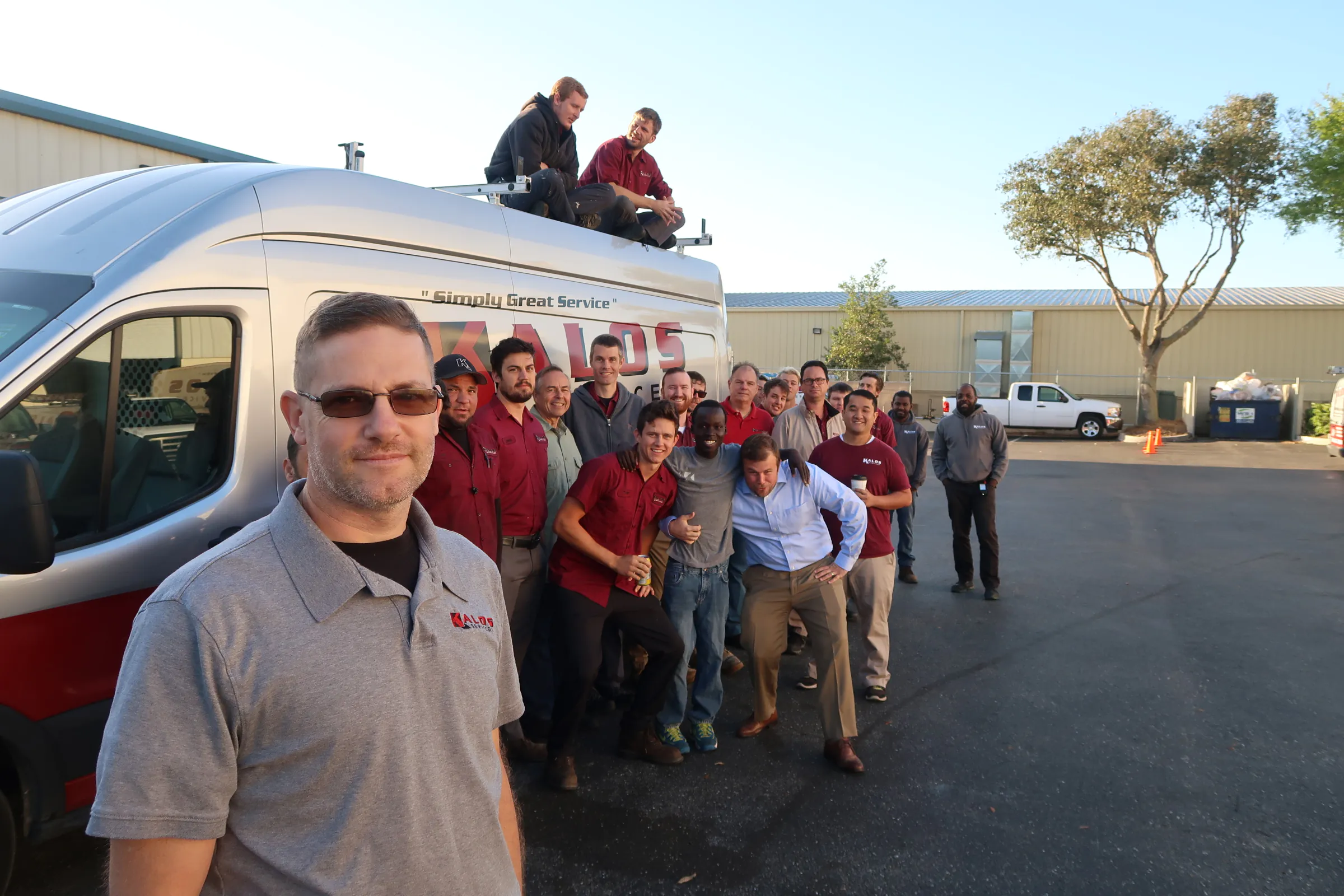
Ask about the DETAILS of the air conditioner warranty
Many companies have long PARTS warranties, but they don't cover labor, warranty processing fees, diagnosis fees, late charges, refrigerant leakage, etc. You want to be crystal clear on what your contractor means when they say “warranty.” Nathan and I made a podcast episode on warranties, and you can listen to it or read the transcript HERE.
In closing…
If you ask these questions and ensure that your A/C contractor takes proper steps for a great installation, good airflow, proper load calculation with heat gains reduced, etc., you will have a much better experience and should get a long life out of the system.
While this is only the tip of the iceberg, I hope this helps you get a great install on a new air conditioner. If you want to know more about us, healthy indoor air, what good air conditioning maintenance should include, or anything else, just call us up at 352-243-7088 or shoot us an email at office@kalosflorida.com.
If, at any point, we don't live up to your standards, give me a call on my cell at 352-536-5718, and I will make it right.
Stay Cool,
Bryan Orr

